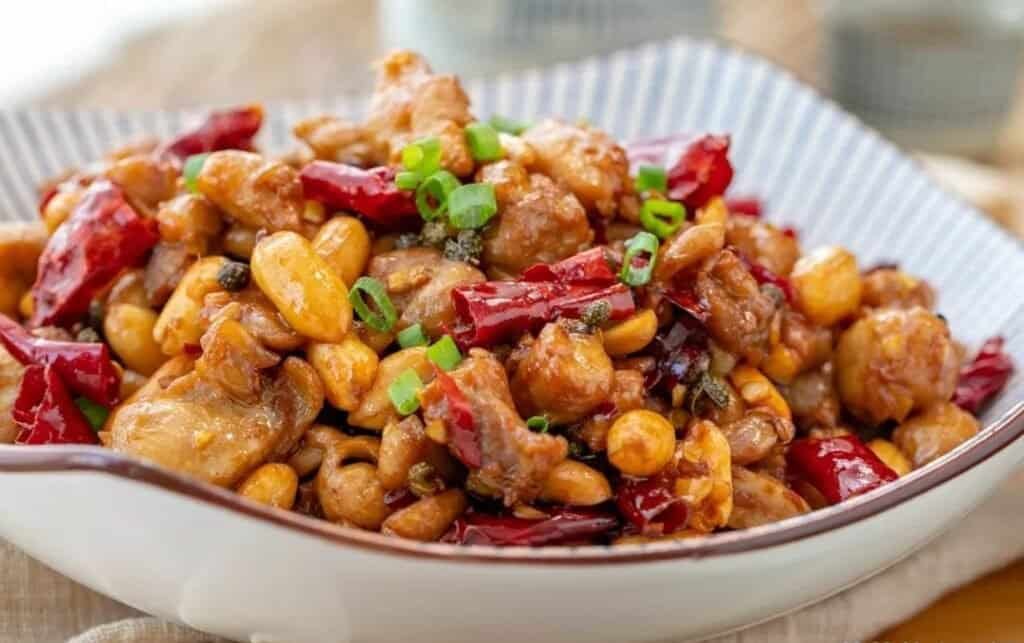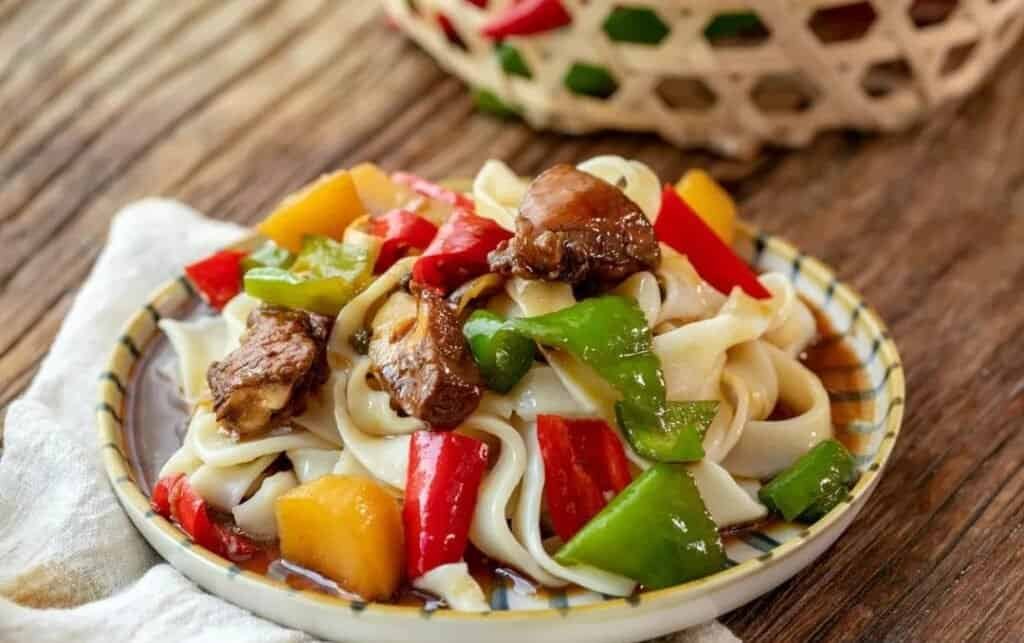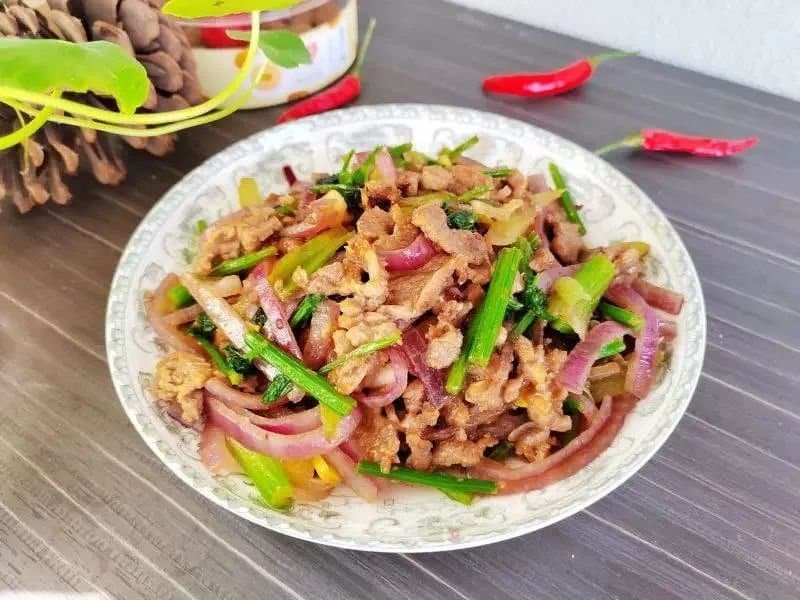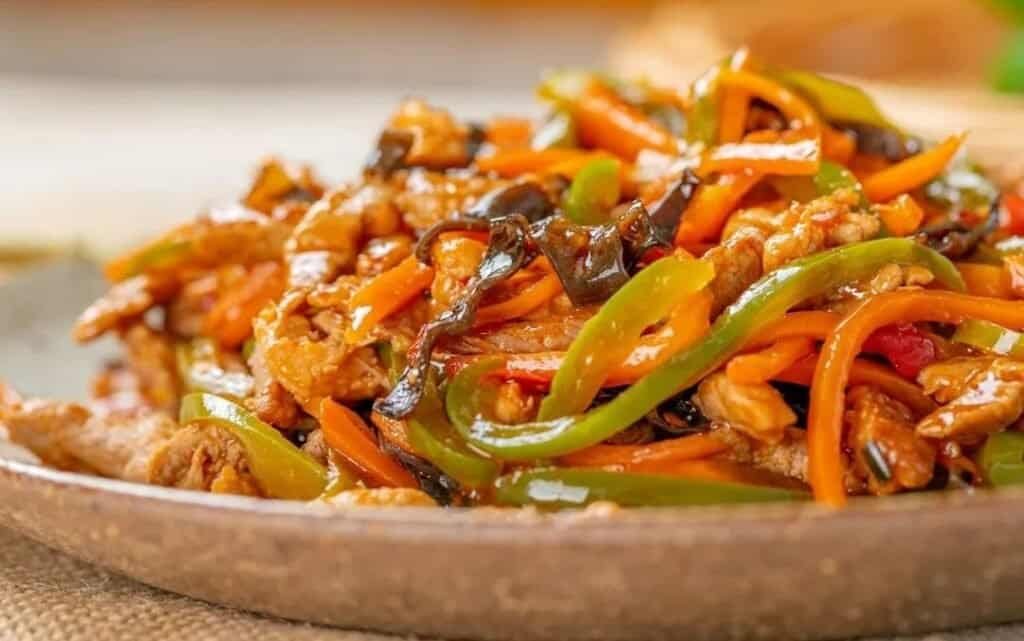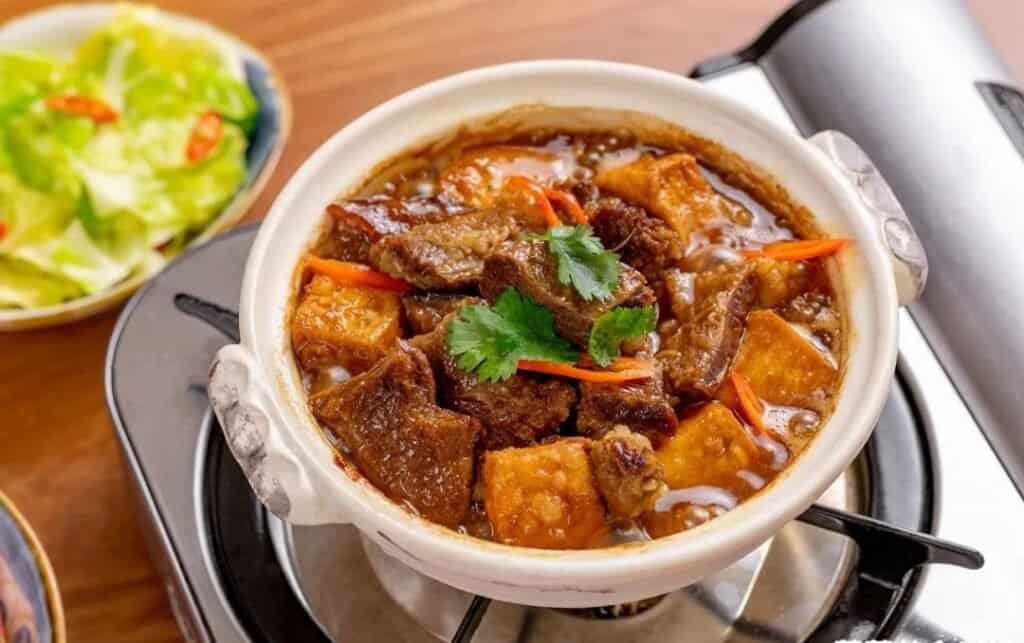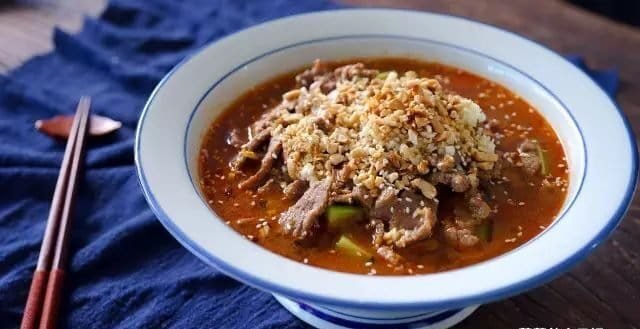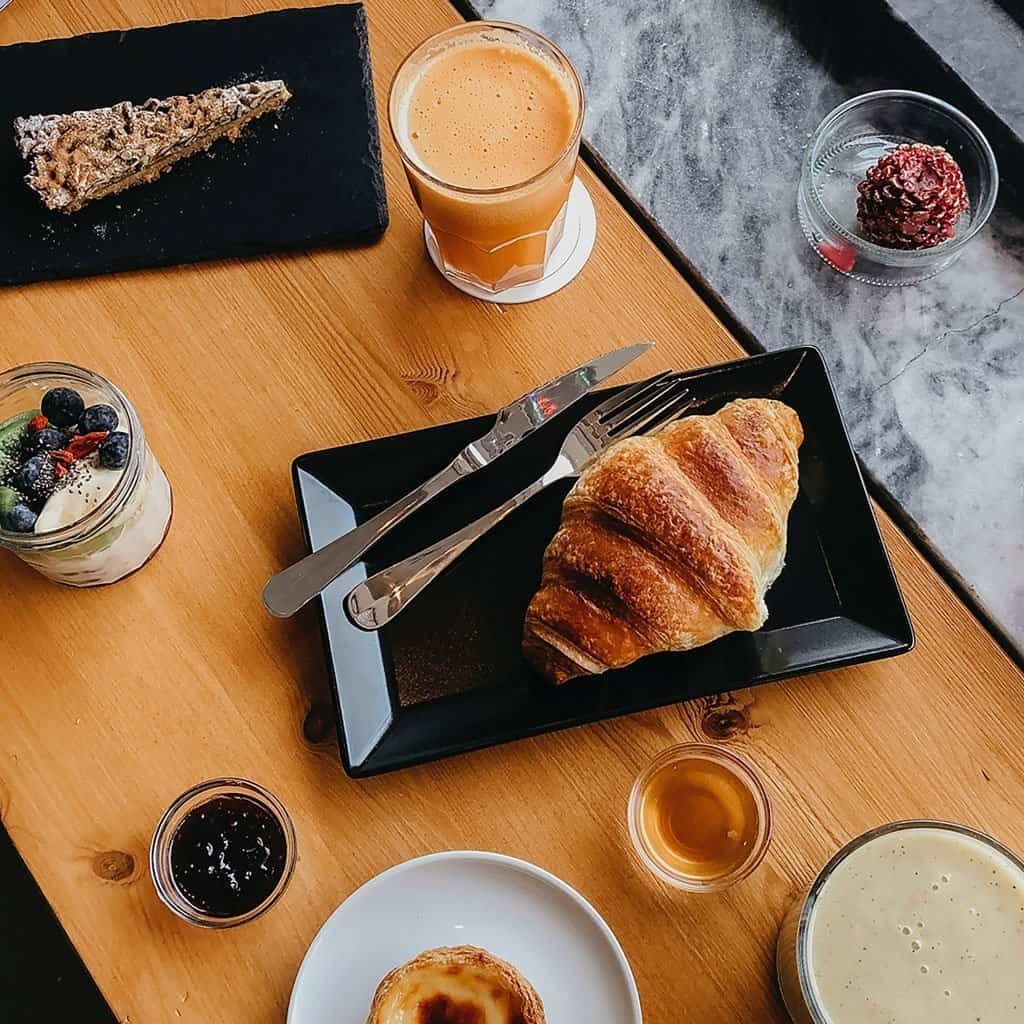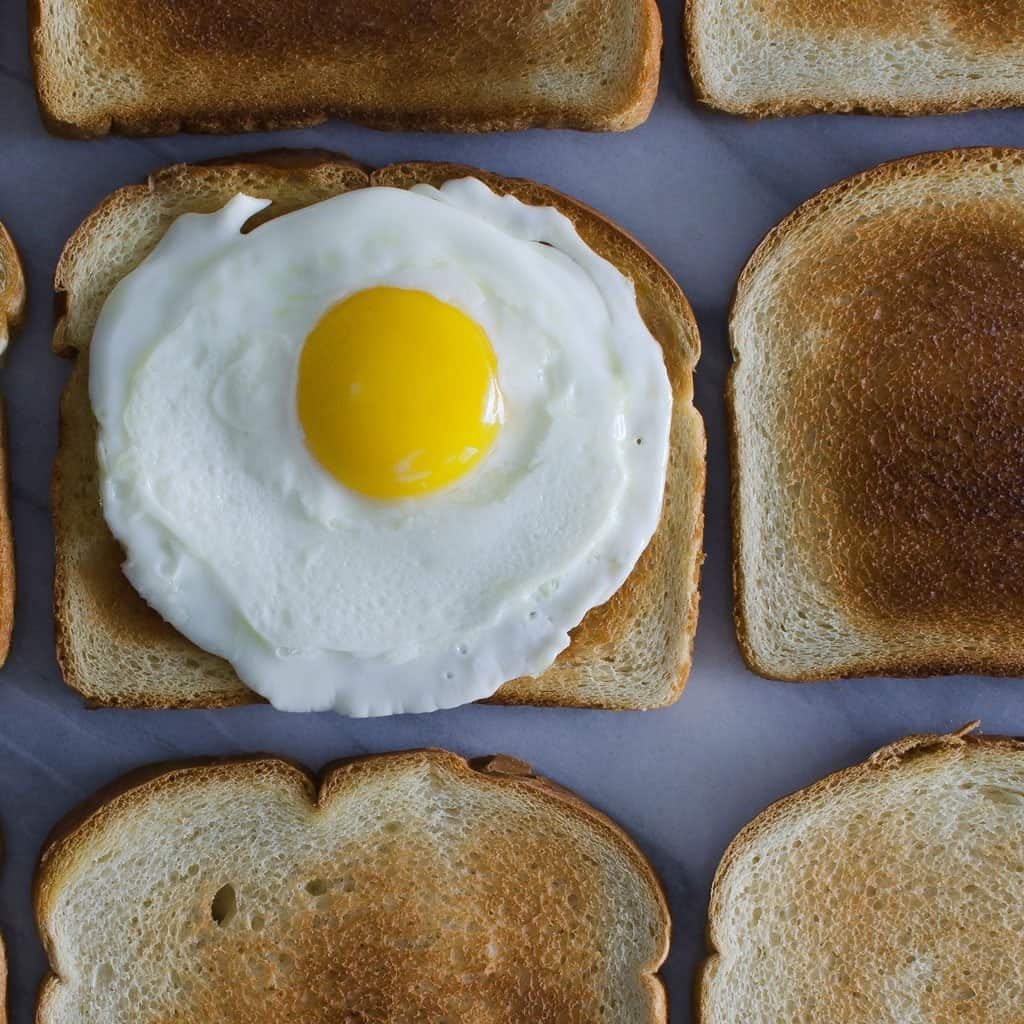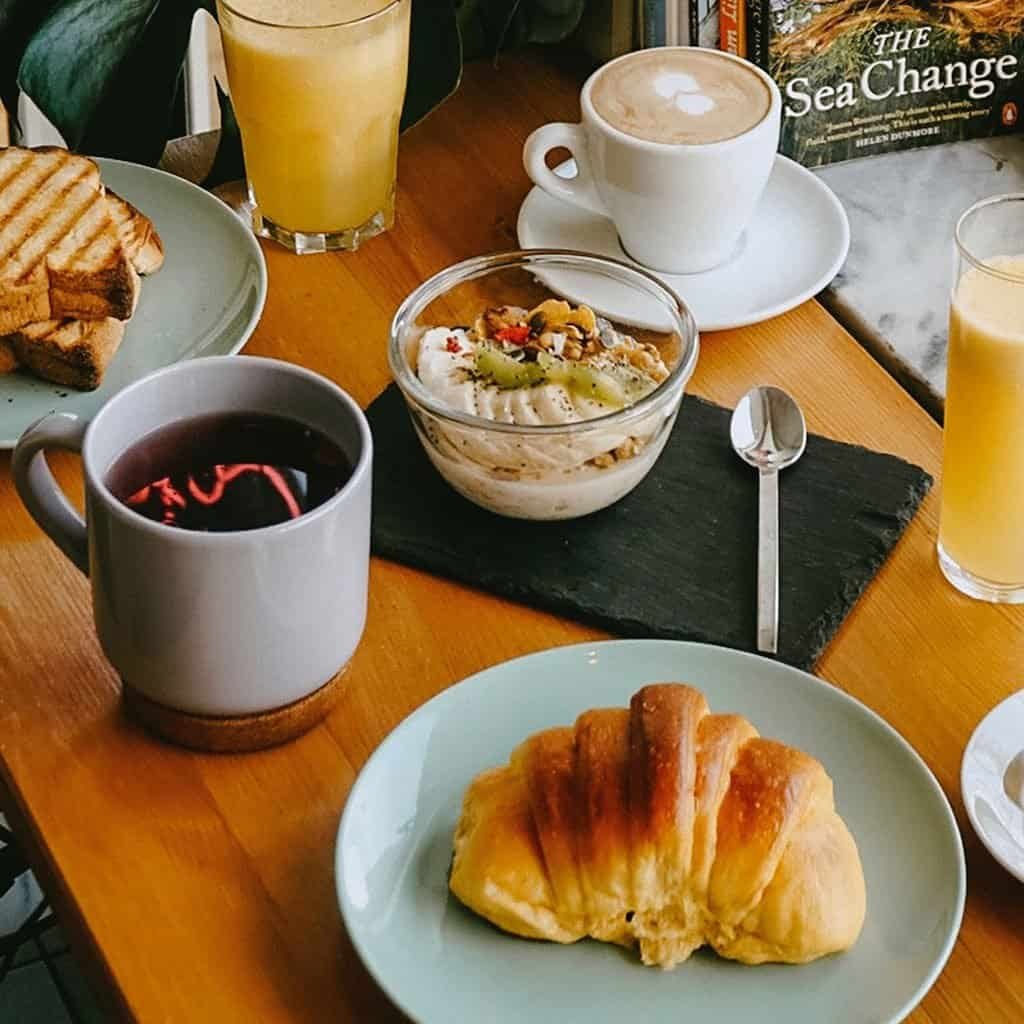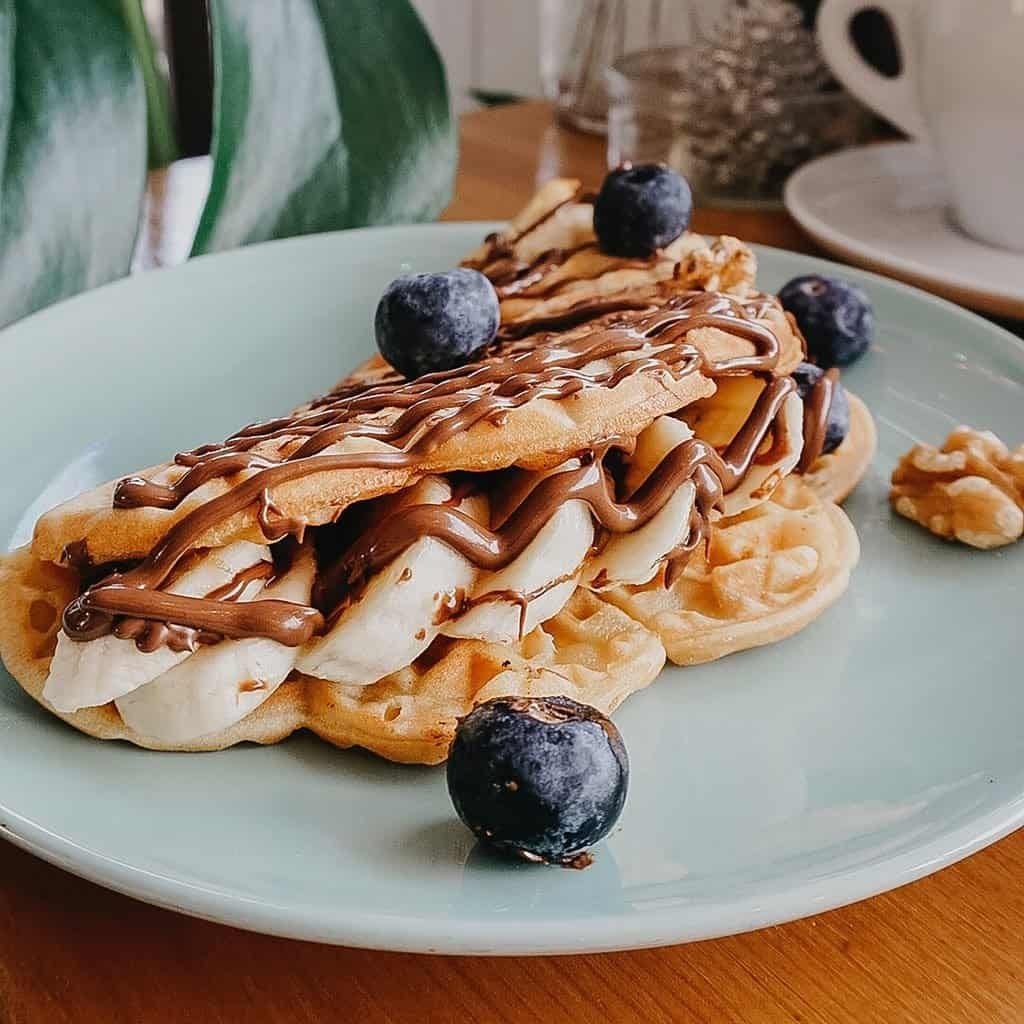Kung Pao Chicken, a dish now commonly associated with Sichuan cuisine, actually has its roots in Shandong’s Lu cuisine.
It was created by Ding Baozhen, a Qing Dynasty official known for his culinary passion. While serving as a governor in Shandong, he developed a fondness for a local dish called stir-fried chicken cubes in sauce.
However, he had a penchant for spicy and peppery flavors and loved peanuts. Upon his suggestion, his chef adapted the dish by adding a spicy twist and crunchy peanuts. Thus, Kung Pao Chicken was born.

Named after Ding Baozhen’s official title, “Kung Pao,” this dish spread wherever he went, from Shandong to Sichuan, even reaching Guizhou, his birthplace. Despite its wide presence in various regional cuisines, Kung Pao Chicken is often considered a part of Sichuan cuisine due to the latter’s nationwide popularity.

The Sichuan version of Kung Pao Chicken features crispy peanuts and dried chili peppers, with a sweet and sour flavor profile with a hint of saltiness. The Shandong version might include diced bamboo shoots or water chestnuts for extra crunch. In contrast, the Guizhou version often uses a sour-spicy sauce.

As someone with a Sichuanese palate, my favorite is the Sichuan-style Kung Pao Chicken. I prefer using chicken thigh meat for its tenderness and juiciness.

When fried in hot oil and infused with the spicy and numbing flavors of chili and Sichuan pepper, then drenched in a sweet, sour, and salty sauce, it’s simply irresistible with a bowl of rice.

Doesn’t this glossy, tantalizing chicken make you drool? If you’re drooling, read to learn how to make this dish yourself!
Kung Pao Chicken

Ingredients:
- 500g chicken thigh meat
- 30g peanuts
- 20g cooking wine
- 6g starch
- 5g dried chili peppers
- 10g ginger
- 2 cloves of garlic
- Spring onions
- A handful of Sichuan peppercorns
- 13g light soy sauce
- 3g vinegar
- 5g white sugar
- 2g dark soy sauce
- Salt
- Pepper powder
Instructions:
1. Debone the chicken thighs and cut them into cubes. Mince the ginger and garlic, cut the dried chili peppers and spring onions into small pieces, separating the white and green parts. They prefer using scallions in Guangdong, but you can choose based on your preference.

2. Marinate the chicken with a pinch of salt and pepper, 5g of cooking wine, 3g of light soy sauce, 3g of starch, and a bit of oil.
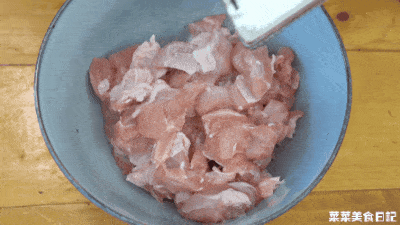
3. Mix 15g of cooking wine, 10g of light soy sauce, 2g of dark soy sauce, 3g of vinegar, 5g of sugar, 3g of starch, and a pinch of pepper powder to make the sauce.
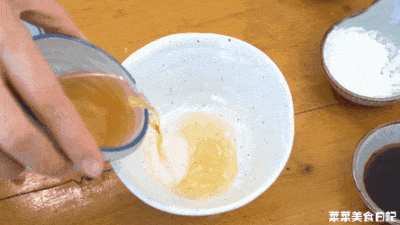
4. Heat oil in a pan, fry the chicken until it’s 80% cooked, then set aside.

5. In another pan, fry the Sichuan peppercorns and dried chili peppers until fragrant. Add the minced ginger, garlic, and the white part of the spring onions.
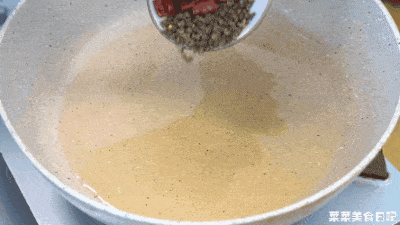
6. Add the chicken, stir well, then pour in the sauce and cook on high heat until the sauce thickens.
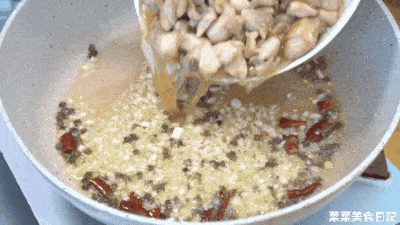
7. Stir in the peanuts and garnish with spring onion greens before serving.
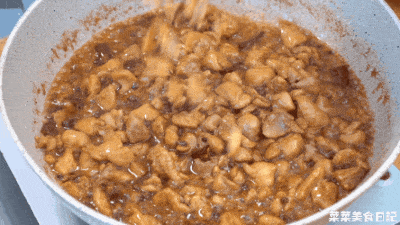
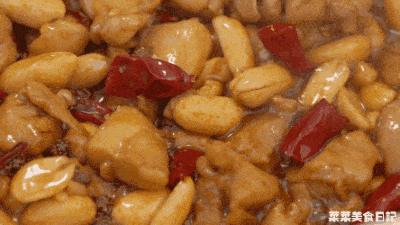
Remember to pre-fry the peanuts for extra crunch. The dish offers a symphony of flavors: chili and Sichuan pepper spiciness, sugar sweetness, and vinegar tang. Coated in the sauce, the crispy peanuts contrast beautifully with the tender chicken. It makes you crave a cold beer.
Like many Chinese recipes, this dish adapts and evolves with each region it reaches, reflecting the expansive and adaptive nature of Chinese cuisine. The beauty of these flavors lies in their inclusivity, whether it’s Sichuan, Shandong, Guizhou, or even an American twist. For a true food lover, this diversity is most appealing.

Cooking Tips:
- Choosing Chicken: Opt for chicken thigh meat for its tenderness and moisture, which absorbs flavors better than breast meat.
- Balancing Flavors: The key to Kung Pao Chicken is achieving the perfect balance between spicy, sweet, and sour. Adjust the chili, sugar, and vinegar quantities to suit your taste.
- Frying Technique: The chicken should be stir-fried quickly over high heat to keep it juicy and tender.
- Adding Peanuts: Fry the peanuts beforehand to maintain their crunchiness, which adds a delightful texture to the dish.
- Serving Immediately: Kung Pao Chicken is best enjoyed hot and fresh, served immediately after cooking to savor its full flavor and texture.
Enjoy this delicious journey into the heart of Chinese cuisine, and bring the authentic taste of Kung Pao Chicken to your kitchen!

